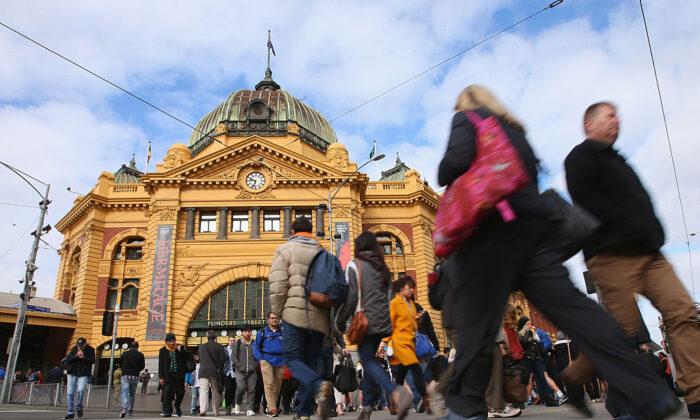A new report commissioned by the City of Melbourne shows Melbourne’s CBD economy will take four years to return to pre-pandemic levels.
This comes amid economic forecasts that Sydney’s lockdown will have a greater impact on the national economy than Melbourne as Sydney enters its third week of lockdown.
The Deloitte report found that Victoria has so far been hardest hit by the pandemic among all Australian states and territories—with the CBD’s Gross Regional Product (GRP) alone decreasing by 53 percent from $74 billion to $35.4 billion in 2020.
One of the main causes has been remote working arrangements that have persisted even after restrictions were eased.
Also, less than 30 percent, or less than 100,000 of CBD workers, worked in the city during the pandemic’s peak, while the remaining 200,000 worked remotely—significantly impacting employment and economic activity in the CBD.
Melbourne also has the highest percentage of professional office-based workers compared to other capital cities—76 percent in Melbourne, compared to 44 percent across the country—making Melbourne more susceptible to longer-lasting economic impacts of the pandemic.
“Most of the workforce commutes into the city from other locations, so when they aren’t entering cities to work, the CBDs miss out on the activity and spending of city workers such as on transport, food and entertainment in the city,” the report states.
Melbourne’s Lord Mayor Sally Capp said she is prioritising the CBD’s economic recovery.
“Many Melbourne businesses have been through the toughest trading conditions in living memory and need our ongoing support to bounce back and thrive again,” Capp said.
“A strong economy means Melbourne will continue to have growing finance and technology industries, vibrant cultural and hospitality industries and all the other experiences that make our city so marvellous.”
Deloitte predicts Melbourne’s CBD economy will grow by 16.9 percent or $5.9 billion to $41 billion by the end of 2021.
Sydney will take four years to return to pre-pandemic levels, Deloitte found, while Brisbane and Perth will return to their 2019 levels during 2023. Adelaide’s recovery is forecasted to return at the state of 2026.
While Melbourne’s CBD looks set to recover, the Australian Bureau of Statistics (ABS) revealed last month that Victoria lost 30,700 people since March 2020 to interstate migration.





